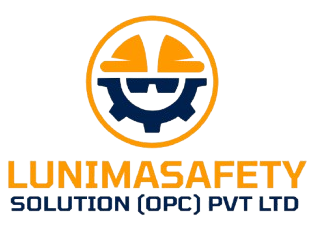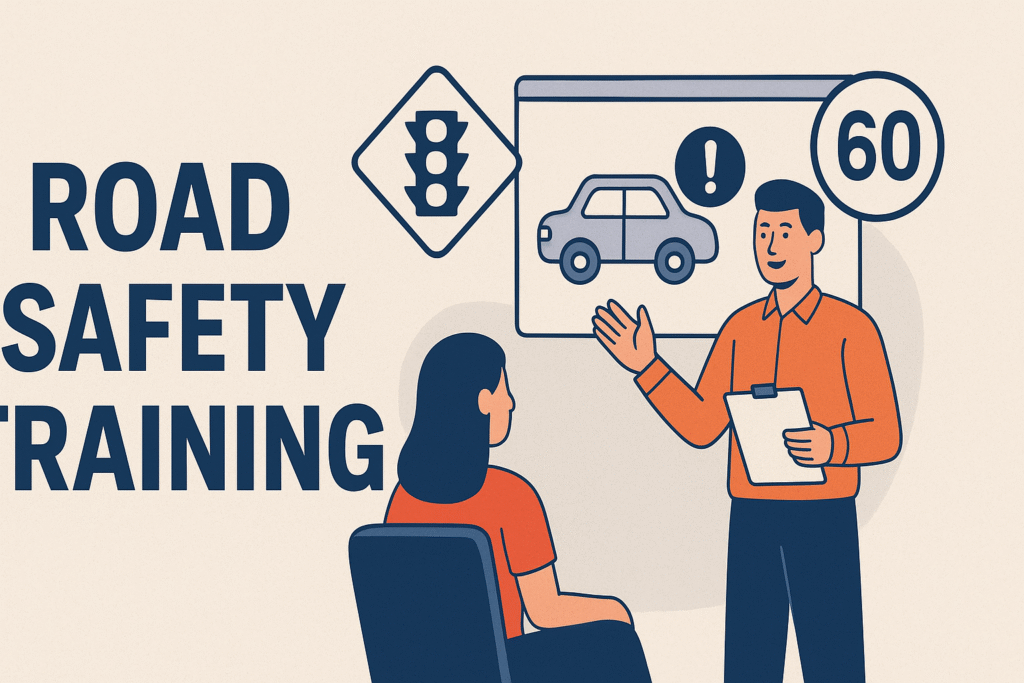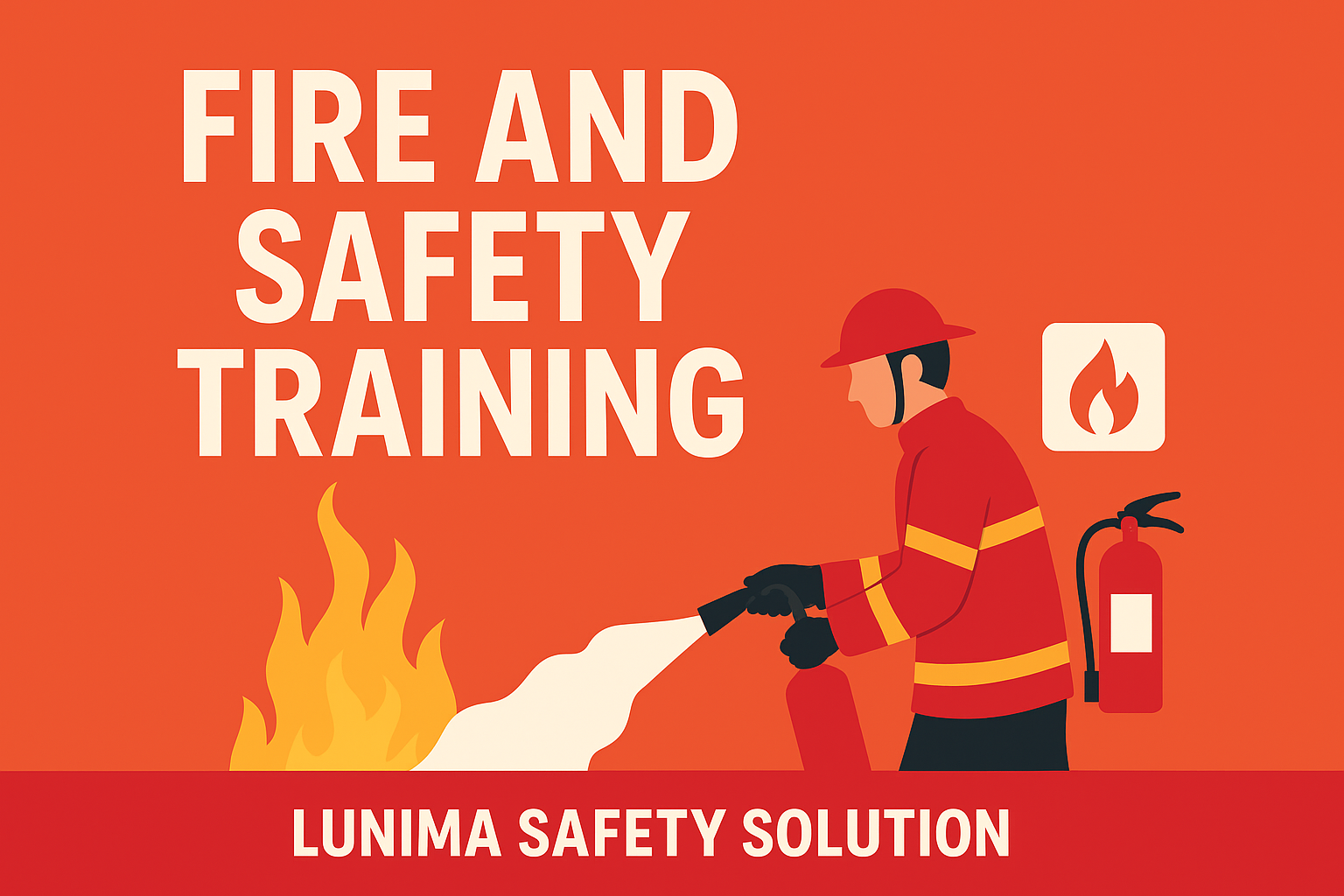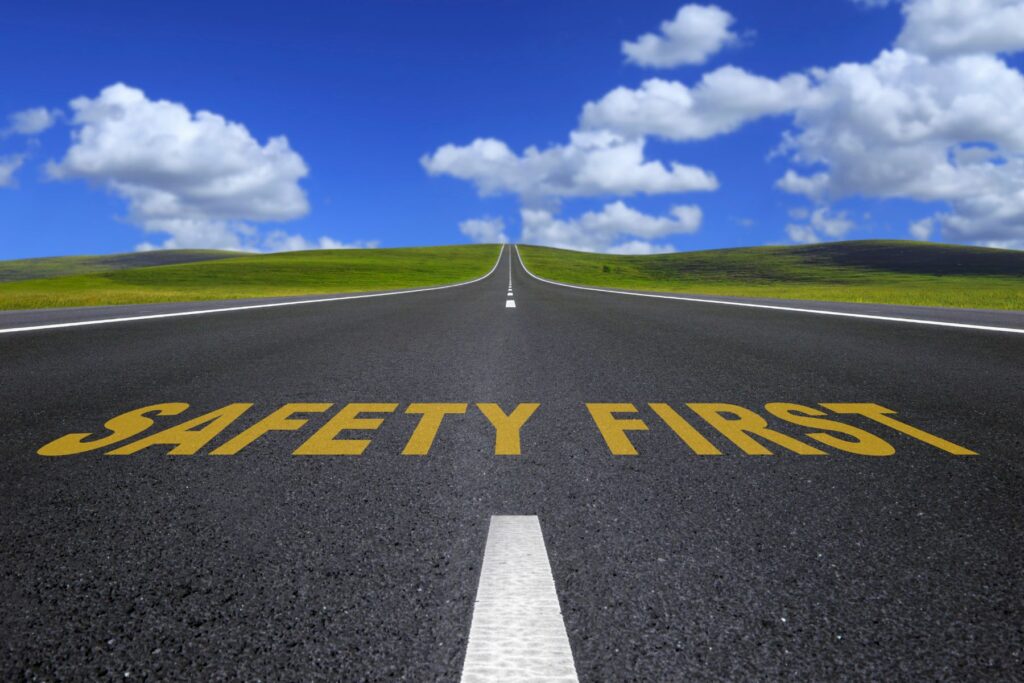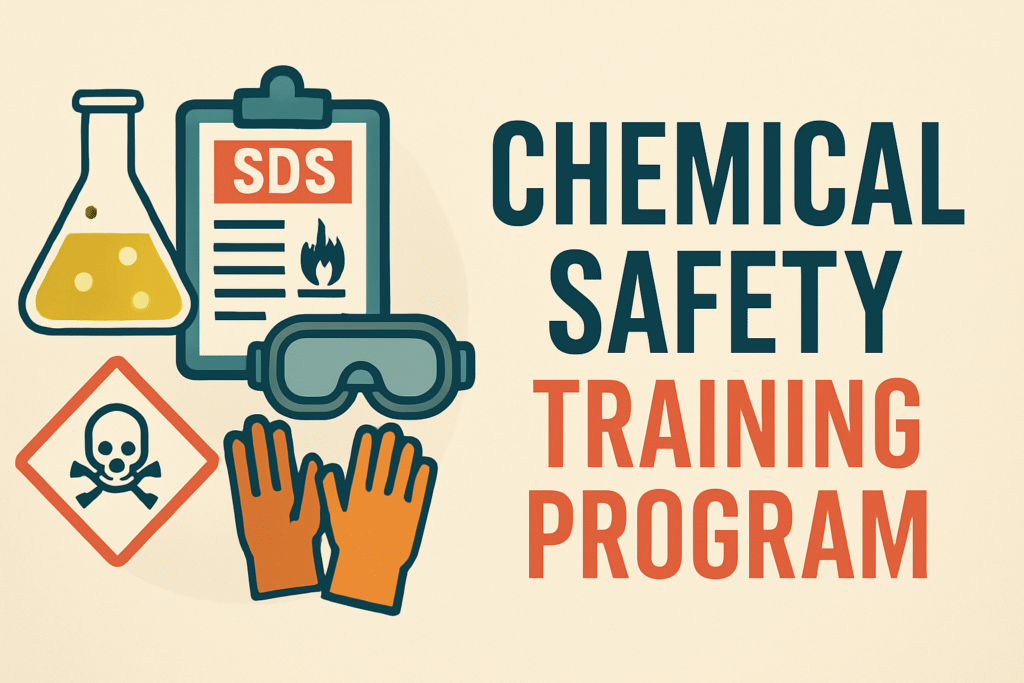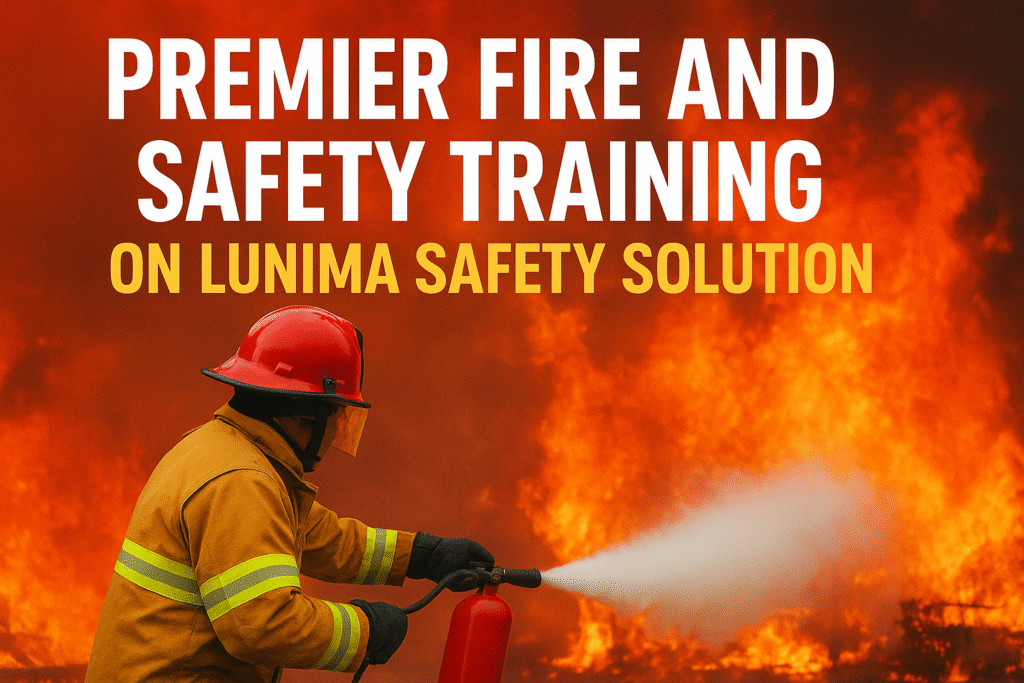Construction Site Safety Training Program he construction industry is one of the fastest-growing sectors worldwide, but it is also among the most hazardous. From working at great heights to handling heavy machinery, construction workers face numerous risks daily. According to global safety reports, thousands of workplace accidents occur on construction sites every year due to inadequate safety knowledge. This is where Construction Site Safety Training Program Courses play a crucial role. These programs not only safeguard workers’ lives but also ensure that companies comply with government regulations, reduce costs, and improve productivity. Why Construction Site Safety Training is Important? Construction sites are full of potential hazards, including: Falls from scaffolding or ladders Heavy equipment accidents Electrical shocks and fires Chemical exposure Manual handling injuries Without proper training, workers may not be aware of the correct preventive measures, which can lead to accidents and legal issues for employers. Key Benefits of Safety Training: Reduces workplace injuries and fatalities Ensures compliance with OSHA, NEBOSH, and local safety standards Saves costs related to insurance, medical expenses, and legal fines Increases worker confidence and efficiency Creates a positive safety culture within the company What is a Construction Site Safety Training Program? A Construction Site Safety Training Program is a structured course designed to educate workers, supervisors, and contractors about workplace hazards, safe practices, and emergency response. Objectives of the Training: Identifying and minimizing workplace hazards Proper usage of PPE (Personal Protective Equipment) Safe handling of tools and machinery Emergency preparedness and first aid Building a culture of safety at work Types of Construction Site Safety Training Courses 1. General Safety Awareness Training Covers basic safety protocols, PPE usage, and hazard identification for all construction workers. 2. Equipment & Machinery Safety Training Teaches safe operation of cranes, forklifts, power tools, and heavy equipment. 3. Fall Protection Training Focused on preventing falls from ladders, scaffolds, and rooftops through harnesses and guardrails. 4. Fire & Electrical Safety Training Educates workers on fire prevention, fire extinguisher use, and electrical hazard awareness. 5. Hazard Communication & Chemical Safety Training Guides workers in safe handling of chemicals, reading safety data sheets (SDS), and avoiding toxic exposure. 6. First Aid & Emergency Response Training Provides workers with life-saving skills, including CPR, wound care, and evacuation procedures. 7. Manual Handling & Ergonomics Training Focuses on lifting techniques, reducing strain injuries, and improving workplace ergonomics. 8. Advanced Safety Leadership Training Designed for supervisors and managers to handle risk assessments, compliance, and safety audits. Course Structure & Learning Methods Safety training is delivered through a mix of: Classroom sessions – covering theory, regulations, and hazard awareness On-site practical training – real-life safety demonstrations E-learning modules – digital courses accessible anytime VR & AR simulations – interactive training for high-risk tasks Assessments & certifications – testing knowledge and ensuring skill development The duration of courses can vary from a few hours to several weeks, depending on the type of certification. Benefits of Enrolling in Safety Training Programs For Workers: Gain industry-recognized certifications (NEBOSH, IOSH, OSHA) Improve job opportunities and career growth Stay safe while working in high-risk environments For Employers: Compliance with safety regulations Reduction in workplace accidents and downtime Lower insurance premiums and compensation costs Enhanced company reputation in the industry Choosing the Right Safety Training Program When selecting a safety training program, consider: Accreditation: Ensure the course is recognized by OSHA, NEBOSH, or local authorities Trainer Expertise: Look for experienced trainers with real-world construction knowledge Relevance: The program should be tailored to your industry and work environment Flexibility: Online/offline learning options for convenience Certification Validity: Check how long the certification remains valid Future Trends in Construction Safety Training The construction industry is evolving, and so is safety training. Emerging trends include: Virtual Reality (VR) Training: Simulating high-risk environments for realistic learning AI-driven Monitoring: Smart sensors and cameras detecting unsafe practices Mobile Learning Apps: Training workers on-site via smartphones Global Safety Standard Integration: Alignment with ISO and international safety frameworks Construction sites are inherently risky, but with the right Construction Site Safety Training Program Courses, these risks can be minimized. Training not only protects workers’ lives but also ensures smooth business operations, legal compliance, and cost savings. 👉 Remember: A safe construction site is a productive construction site. Whether you are a worker looking to enhance your career or an employer aiming to safeguard your workforce, investing in safety training is the smartest decision.
